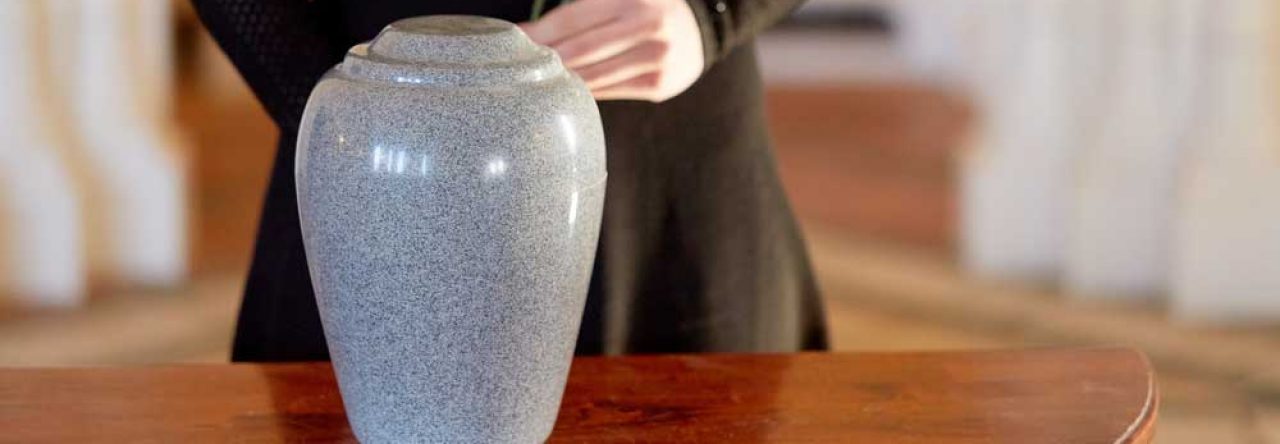
Image Source: Google
Introduction
Japanese kitchen knives are renowned worldwide for their exceptional quality, sharpness, and craftsmanship. These knives have a long and storied history that dates back centuries, evolving from the katana swords wielded by samurai warriors to becoming an essential tool in modern kitchens around the globe. Let's delve into the fascinating journey of Japanese kitchen knives and how they have transformed over time. Refer Link: https://knifetoronto.com/.
The Origins of Japanese Kitchen Knives
Japanese kitchen knives have their roots in the samurai tradition, where swordsmiths crafted katana swords with precision and dedication. The techniques and craftsmanship developed in making these swords were later applied to the creation of kitchen knives. Key points include:
- Japanese swords were made using a process called "tatara smelting," which involved folding and hammering layers of steel to create a strong and sharp blade.
- Swordsmiths transferred their skills to crafting kitchen knives, utilizing similar methods to achieve exceptional sharpness and durability.
- The first Japanese kitchen knives were primarily used by professional chefs and were designed for specific tasks, such as slicing sashimi or chopping vegetables with precision.
The Evolution of Japanese Kitchen Knives
Over time, Japanese kitchen knives have undergone significant changes in design, materials, and manufacturing techniques. These advancements have led to the production of a wide variety of knives tailored to different cooking needs. Some key developments include:
1. Blade Shapes and Styles
- Japanese knives come in various shapes, such as the yanagiba (sashimi knife), deba (fish filleting knife), and santoku (all-purpose knife).
- Each knife is designed for specific tasks, with blade shapes optimized for slicing, chopping, or dicing ingredients.
2. High-Quality Materials
- Traditional Japanese knives are often made from high-carbon steel, which allows for a razor-sharp edge and excellent edge retention.
- Modern Japanese knives may also incorporate stainless steel or Damascus steel for added durability and corrosion resistance.
3. Handcrafted Excellence
- Many Japanese kitchen knives are still handmade by skilled artisans who follow time-honored techniques passed down through generations.
- Handcrafted knives are prized for their attention to detail, unique designs, and superior quality compared to mass-produced knives.
The Popularity of Japanese Kitchen Knives
In recent years, Japanese kitchen knives have gained immense popularity among professional chefs and home cooks alike. The superior craftsmanship, sharpness, and performance of these knives have contributed to their growing reputation. Key points to consider are:
- Japanese knives are known for their razor-sharp edges, which allow for precise and effortless cutting of ingredients.
- Chefs appreciate the balance, agility, and control that Japanese knives offer, making them ideal for intricate culinary techniques.
- Home cooks have also embraced Japanese knives for their beauty, craftsmanship, and functional design, enhancing the cooking experience in the kitchen.
Conclusion
The evolution of Japanese kitchen knives from their origins in samurai swords to becoming essential tools in modern kitchens showcases the rich heritage and craftsmanship that define Japanese cutlery. These knives continue to be at the forefront of culinary excellence, blending tradition with innovation to meet the demands of today's chefs and cooking enthusiasts. Whether you are a professional chef or a passionate home cook, a Japanese kitchen knife can truly be your best friend in the kitchen.

Leave a Reply
You must be logged in to post a comment.